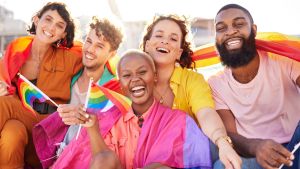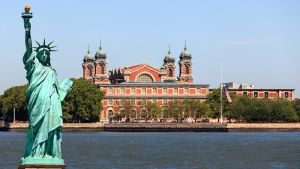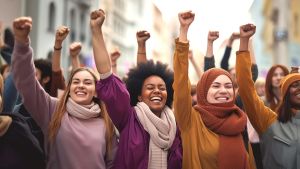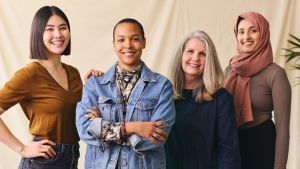During the town hall-style presidentialdebate between Hillary Clinton and Trumpin St. Louis Sundaynight, an African American audience member asked if the candidates would be a president for all Americans. Trump responded by explaining the plight of people living in “inner cities,” conflatingthe Black questioneras a representative ofthe inner city, and using inaccuratestatistics to make his point.
“I would be a president for all of the people, African Americans, the inner cities,” he said. “Devastating what’s happening to our inner cities.
“You go into the inner cities and you see it’s 45 percentpoverty. African Americans now 45 percentpoverty in the inner cities. The education is a disaster. Jobs are essentially nonexistent,” he continued. “And I’ve been saying in big speeches where you have 20 or 30,000 people, ‘What do you have to lose’ It can’t get any worse.”


















